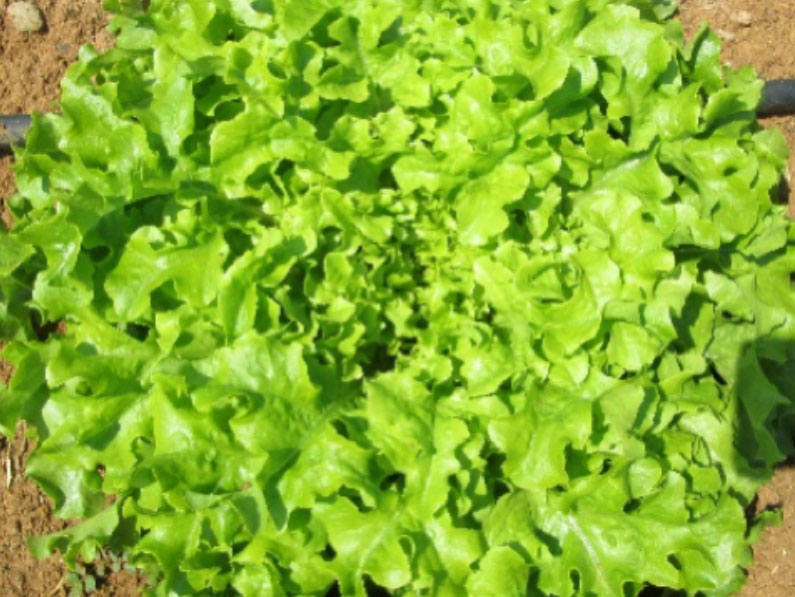
Transplanting ‘Lavinia’ lettuce, particularly pelleted seeds, using soil-based, hydroponic, and aquaponic methods in a greenhouse environment in South Africa can be quite effective. Here’s how you can approach each method:
1. Soil-Based Transplanting in Greenhouses
Seedling Preparation
- Start pelleted ‘Lavinia’ seeds in trays or pots with quality potting mix.
- Harden off the seedlings by gradually introducing them to the greenhouse environment.
Transplanting
- Prepare beds or containers with well-draining, fertile soil, enriched with compost.
- Space seedlings about 8-12 inches apart.
- Water immediately after transplanting to establish roots.
Greenhouse Management
- Control temperature and humidity within the greenhouse to suit ‘Lavinia’ lettuce, typically cooler conditions.
- Use shading if necessary to protect from intense sunlight.
Pest and Disease Control
- Use organic methods for pest control and practice crop rotation to prevent soil-borne diseases.
2. Hydroponic Transplanting in Greenhouses
System Setup
- Choose an appropriate hydroponic system (NFT, DWC, Ebb and Flow).
- Ensure the system provides adequate nutrient solution circulation and aeration.
Transplanting
- Transfer seedlings from starter cubes directly into the hydroponic system.
- Regularly check root health and adjust placement for optimal growth.
Nutrient and pH Management
- Use a balanced hydroponic nutrient solution, maintaining pH between 5.5 and 6.5.
- Regularly test and adjust nutrient concentration and pH levels.
Environmental Control
- Maintain optimal conditions in the greenhouse, balancing temperature and humidity.
- Provide supplemental lighting if natural light is insufficient.
3. Aquaponic Transplanting in Greenhouses
System Setup
- Set up an integrated fish tank and plant growing system.
- Ensure the balance between the needs of the fish and the plants.
Transplanting
- Start seedlings in a medium compatible with aquaponics.
- Transplant into the aquaponic grow beds, ensuring adequate water flow.
Nutrient Balance
- Monitor nutrient levels, as fish waste provides nutrients for the plants.
- Maintain water quality for the health of both fish and plants.
Temperature and Light Management
- Control greenhouse temperature for the health of both fish and plants.
- Use artificial lighting to supplement natural sunlight if needed.
General Considerations for Greenhouse Growing in South Africa
- Local Climate Adaptation: Customize your approach to the specific regional climate of South Africa.
- Water Management: Implement water-saving practices, crucial in regions with water scarcity.
- Pest and Disease Management: Use appropriate pest control strategies for each cultivation method.
- Regular Monitoring: Continuously monitor and adjust greenhouse conditions for optimal plant growth.
By adapting these methods to South African conditions, you can efficiently cultivate ‘Lavinia’ lettuce, benefiting from the controlled environment of a greenhouse. The success of each method may vary based on local conditions, requiring specific adjustments.





Reviews
There are no reviews yet.